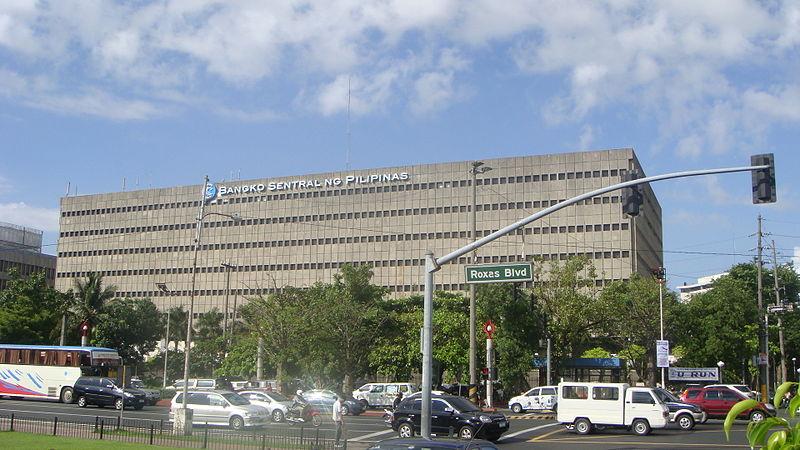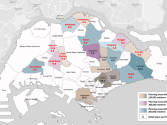
Philippine banks to maintain strong capitalization amidst strong credit growth: Moody's
Basel III implementation tagged as credit positive.
Moody's Investors Service says that the implementation of the Basel III capital framework in the Philippines (Baa3 positive), and the corresponding measures taken by domestic banks to increase the quantity and improve the quality of their capital buffers, are credit positive for the sector and bank creditors.
"In contrast to the gradual phase-in approach adopted by most other countries, the Philippine regulator, Bangko Sentral ng Pilipinas (BSP) has implemented the new capital requirements with full effect from 1 January 2014," says Alka Anbarasu, a Moody's Assistant Vice President and Analyst.
Alka was speaking on the release of a new special comment, entitled "Basel III Implementation: Philippine Banks".
In addition to the full implementation, the BSP also requires banks to maintain capital well above the Basel III requirements.
From 1 January 2014, Philippine banks must maintain minimum common equity Tier 1 ratios of 6.0% and total capital adequacy ratios (CAR) of 10.0%, compared to the 4.5% and 8.0 % recommended by the Basel Committee.
In response to the measures, Philippine banks have improved their capital structure, a trend Moody's expects to continue in the near future.
Some of the steps taken include (1) new issuance of common equity and new Basel III-compliant point-of-non-viability securities; (2) the sale of stakes in non-banking business; (3) retiring non-compliant Tier 2 securities; and (4) modification of terms of existing capital securities to make them Basel III compliant.
"We also expect Philippine banks to continue to grow at a rate of up to 15% annually over the coming years, as their ongoing capital raising initiatives will allow them to do so without compromising their credit profiles and loss-absorbing buffers," says Alka.
The country's economic growth is one the fastest among global emerging markets, while banking penetration remains low compared to other countries in the region.
"Philippine banks are well capitalized by international standards, and we estimate that our rated banks can maintain CARs above 10% through end-2015, even after assuming 15% loan growth in both 2014 and 2015," adds Alka.
Total credit was only 40% of GDP as of September 2013, and banks have ample funding with an average loan-to-deposit ratio of 59% as of September 2013.
While Moody's expects Philippine banks will remain well capitalized through 2015 even without raising further capital, it does expect some selective issuance by banks of Basel III-compliant securities in the next two years.
Such issuance is likely to occur as banks will gauge the buffer they want to maintain above the minimum requirements, their anticipated growth rate and cost of funds considerations.























 Advertise
Advertise










